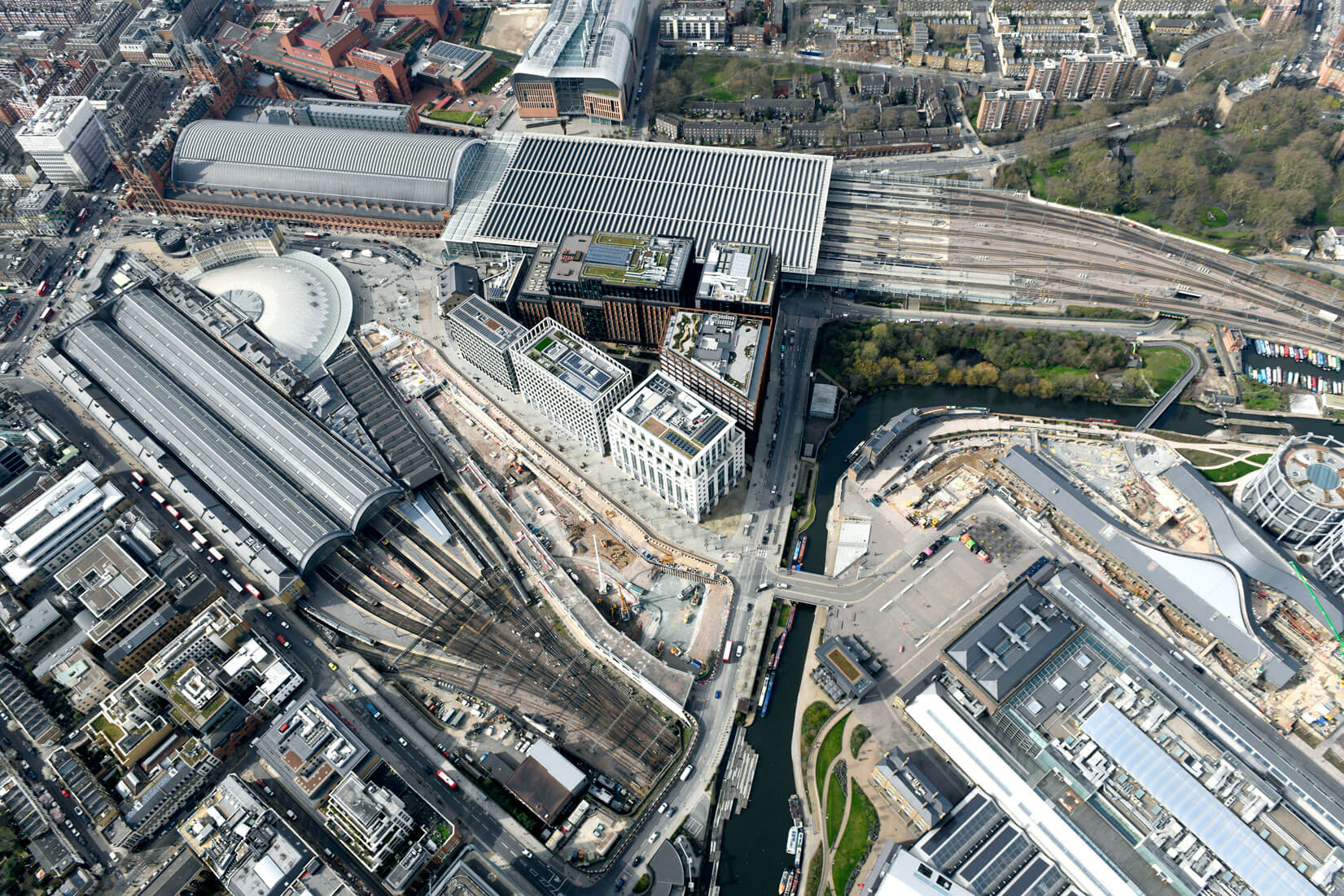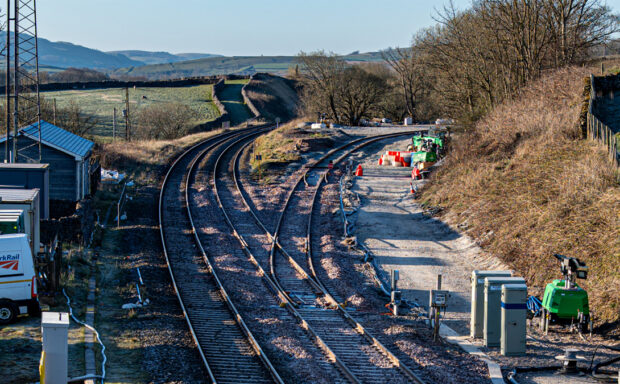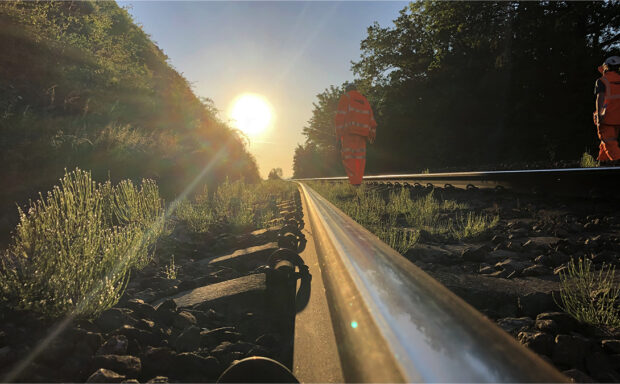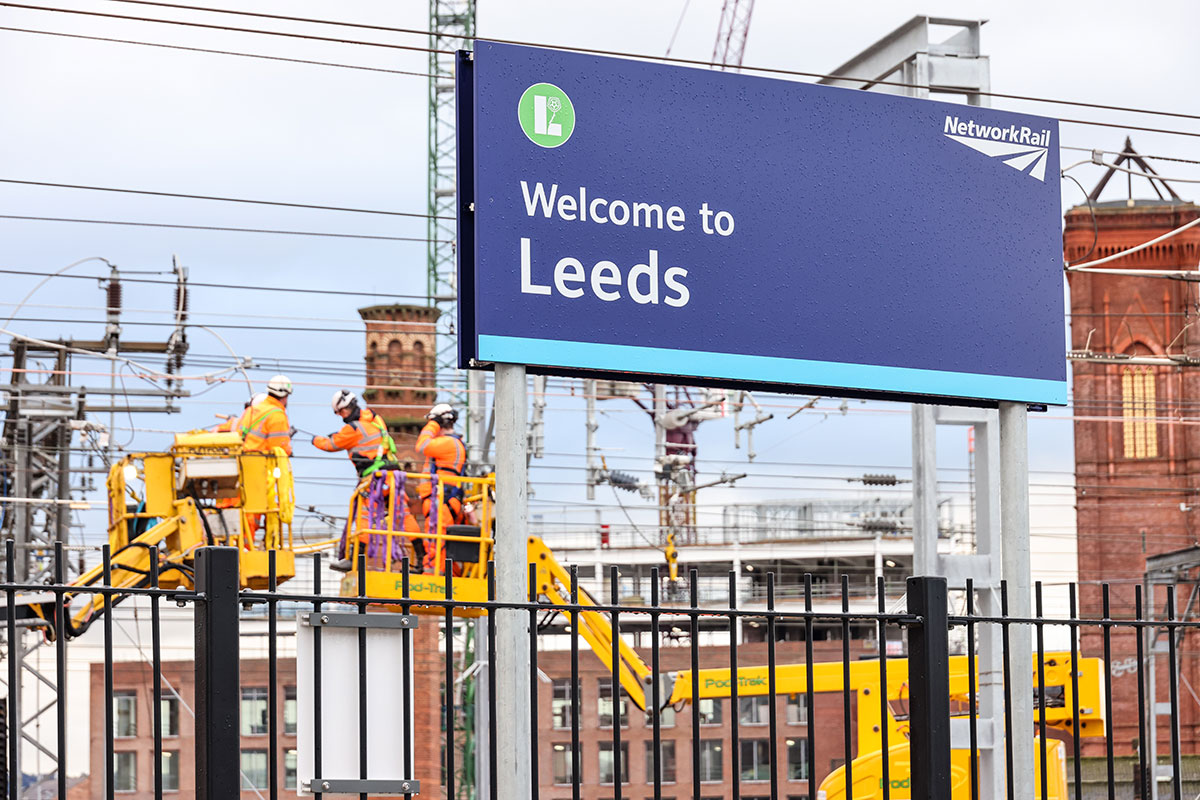London King’s Cross – currently undergoing a significant upgrade to improve journeys for passengers – was opened on this day in 1852.
We’re upgrading the approach to the station to re-lay 1.5 miles of track in a simpler layout. This will mean faster arrival and departure times and smoother and more reliable journeys.
The track layout has reached the end of its design life and become harder to maintain. The station itself was modernised in 2012 but the existing track and signalling was installed over 40 years ago and is nearing the end of its operational life:
The multi-million-pound investment will also increase the number of tracks into the station from four to six through the reopening of one bore of a disused railway tunnel. Meanwhile, we’re updating the signalling system and overhead line equipment.
It’s a once-in-a-generation opportunity to improve this vital part of the railway, which carries trains bound for as far afield as northern Scotland, as well as many commuter services across the South East, and prepare the infrastructure for the future.
East Coast Upgrade
The project is the biggest investment in the route in a generation – the East Coast Upgrade. It will complete in 2021 and provide up to 10,000 extra seats a day on long-distance services.
This means even more potential tourist traffic for locations along this busy line and better links for businesses – to London, the north of England, the coast and Scotland. Crucially, better connections will give passengers more choice with their journeys.
The history of London King’s Cross
The area known as King’s Cross got its name from a statue of King George IV erected at the crossroads of what is now Euston Road, York Way, Pentonville Road and Grays Inn Road. The monument itself was short lived, being completed in 1836 and demolished in 1845, but the area retained the name.
King’s Cross station opened to passengers on 14 October 1852, designed by Lewis Cubitt to be simple and functional. At the time it was the largest railway station in Britain.
The station saw significant change throughout the 20th century to meet passenger and freight demand, turning King’s Cross into a significant transport hub.
Today, Cubitt’s original Grade 1 listed façade has been revealed once more, together with a square at the front of the station, creating a new public space right in the heart of London.




